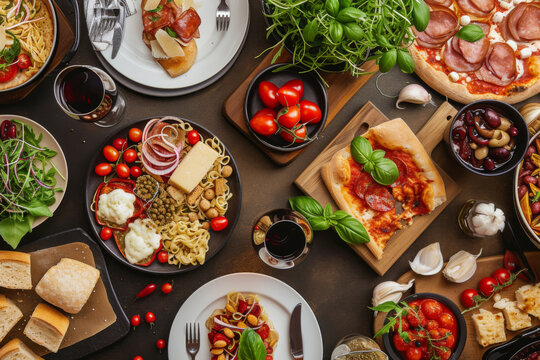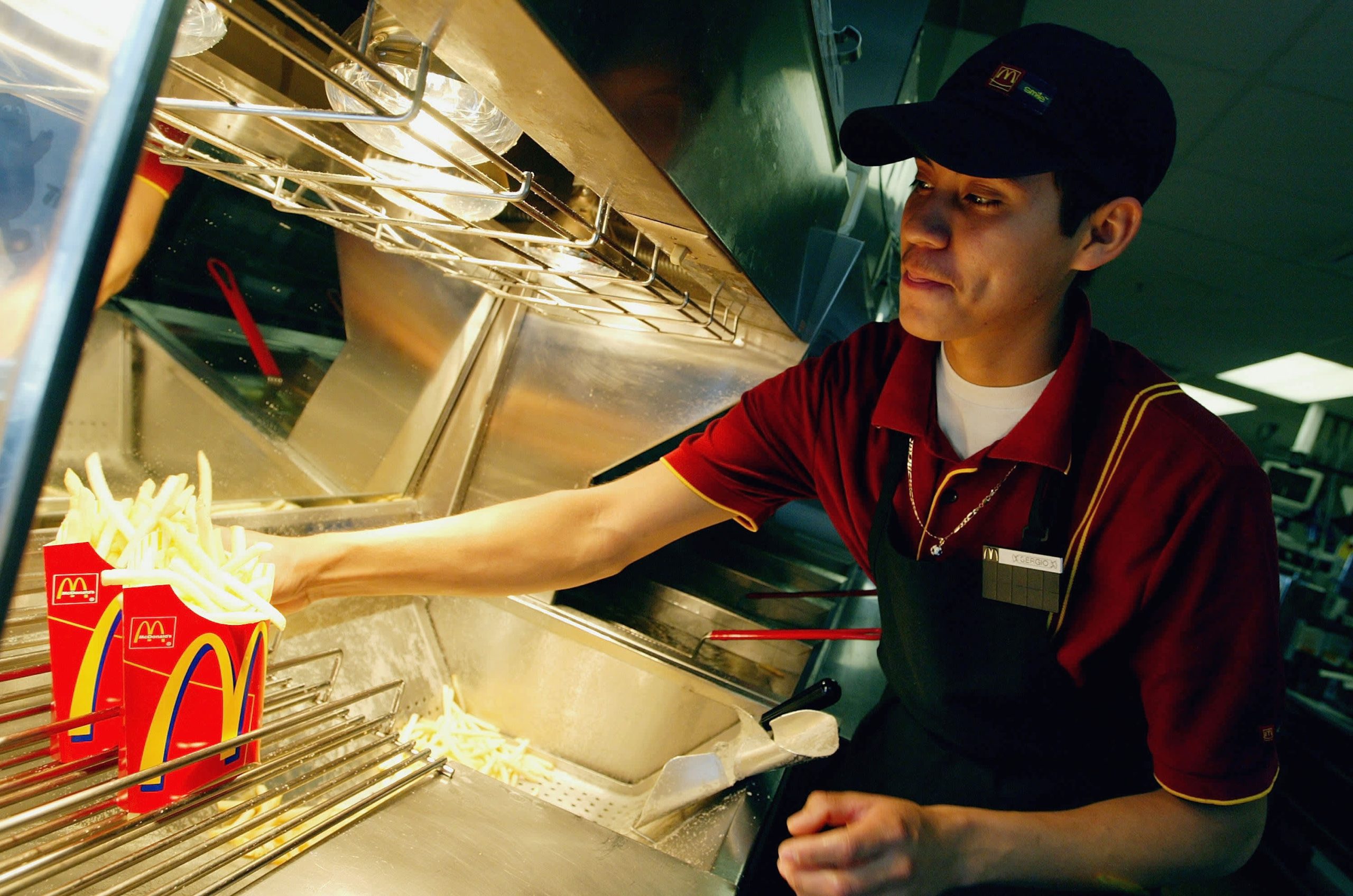Introduction to Europe and its diversity
Europe is a continent where history whispers through cobblestone streets and tantalizing aromas waft from bustling markets. From the ancient ruins of Rome to the vibrant cafés of Paris, every corner has a story to tell. With its kaleidoscope of cultures, languages, and traditions, Europe offers a rich tapestry that captivates travelers.
But it’s not just about stunning architecture or breathtaking landscapes. The culinary scene in Europe is as diverse as its history. Each dish reflects centuries of tradition and innovation shaped by local ingredients and cultural exchanges. Whether you’re savoring pasta in Italy or indulging in pastries in Vienna, there’s always something new to discover.
Join us on an exciting journey—from history to gastronomy—as we uncover must-know curiosities about this fascinating old continent!
The rich history of Europe
Europe’s history is a tapestry woven with the threads of countless civilizations. From the ancient Greeks and Romans to the Renaissance and beyond, each era has left its mark.
The continent witnessed monumental events that shaped not just local realms but also global dynamics. The fall of empires and the rise of nations tell tales of power struggles, innovation, and cultural exchange.
Medieval castles stand as silent witnesses to battles fought over land and ideology. Each stone holds stories of kings, queens, and everyday people whose lives were intricately linked to these grand structures.
Artistic movements flourished alongside historical upheavals. Masterpieces emerged from creative minds inspired by their times—each brushstroke or musical note reflecting society’s evolution.
As you roam European streets today, echoes of this rich history are felt in every corner—shaping identities while inviting exploration into what came before.
Famous landmarks and their stories
Europe is a treasure trove of iconic landmarks, each with its own unique tale. The Eiffel Tower in Paris wasn’t always adored; it faced fierce opposition before becoming a symbol of romance and resilience.
Across the continent, the Colosseum in Rome stands as a testament to ancient engineering. It once hosted gladiatorial games that captivated thousands.
Then there’s Big Ben, not just a clock but an emblem of British history. It’s named after Sir Benjamin Hall, who oversaw its installation during the mid-1800s.

In Prague, Charles Bridge whispers stories from centuries past. Built in the 14th century, it’s adorned with statues that celebrate saints and mythical figures alike.
These landmarks do more than attract tourists—they bridge our present to Europe’s rich historical tapestry. Each stone has witnessed love, war, and cultural shifts through time’s relentless march.
Cultural influences on European cuisine
European cuisine is a vibrant tapestry woven from countless cultural threads. Each region boasts unique flavors, often shaped by historical events and migrations.
The Mediterranean diet, for instance, reflects ancient trade routes. Ingredients like olive oil and spices arrived from far-off lands, enriching local dishes.
In Central Europe, the influence of neighboring countries creates an exciting blend. Think of how Austrian schnitzel finds its roots in Italian cotoletta or how Hungarian goulash features paprika introduced through centuries of interaction.
Scandinavian food showcases simplicity and freshness but has also embraced global trends in recent years. Dishes now mirror diverse palates thanks to international influences on local ingredients.
From the bustling markets of Istanbul to Parisian cafés, every bite tells a story about encounters between peoples and their culinary traditions. This continuous exchange breathes life into European gastronomy while inviting adventurous eaters to explore its depths.
Traditional dishes from different countries in Europe
Europe’s culinary landscape is a vibrant tapestry woven from diverse cultural threads. Each country boasts its own traditional dishes, reflecting local ingredients and historical influences.
In Italy, risotto captures hearts with creamy Arborio rice simmered in broth, often enhanced with seasonal vegetables or seafood. Meanwhile, France dazzles food lovers with coq au vin—a rustic chicken dish braised in red wine alongside mushrooms and lardons.
Head to Spain for paella, where saffron-infused rice meets an array of seafood or meats cooked together in a wide pan. Greece offers moussaka—layers of eggplant, minced meat, and béchamel sauce that tantalize the taste buds.
Traveling north to Sweden reveals köttbullar (meatballs) served with lingonberry sauce and creamy gravy. Each plate tells a story about the land it originates from, inviting travelers to savor not just flavors but rich histories too.
Unusual delicacies and food customs
Europe is a treasure trove of unusual delicacies that reflect its diverse cultures. In Sweden, for example, surströmming offers a pungent surprise. This fermented herring is often enjoyed outdoors due to its strong aroma.
Traveling south to Spain, you might encounter huevos de toro—bull testicles prepared in an array of ways. It’s a dish rooted in tradition and bravado.
In the UK, black pudding stands out as a unique breakfast staple made from blood sausage. Its rich flavor adds depth to any morning meal.
Meanwhile, Italy boasts cicoria di campo—a wild chicory with bitter notes used in rustic dishes. It’s highly prized by locals but remains underappreciated internationally.
Food customs also vary wildly across borders; consider Greece’s custom of breaking plates during celebrations or the French practice of enjoying meals lasting hours with family and friends. Each bite tells a story waiting to be discovered.
How to experience the best of Europe’s gastronomy
To truly savor Europe’s gastronomic delights, venture beyond the usual tourist traps. Seek out local markets bustling with fresh produce, artisanal cheeses, and handmade pastries. Sampling regional specialties here is an immersive experience.
Consider joining cooking classes that invite you into family kitchens. Learn traditional recipes passed down through generations while forming connections with locals who share their stories and secrets.

Take part in food festivals scattered across the continent. These vibrant celebrations showcase seasonal ingredients and traditional techniques, offering a feast for both the eyes and taste buds.
Don’t overlook street food; it often reflects authentic culinary traditions at affordable prices. From Spanish tapas to Italian arancini, these quick bites are a great way to explore different cultures.
Let spontaneity guide your dining choices. Wander through cobblestone streets until you discover hidden gems where chefs pour passion into each dish they create.
Frequently Asked Questions
Traveling through Europe is an adventure filled with rich history and vibrant cuisine. Here are some common questions travelers have about experiencing the old continent’s unique offerings.
What makes European gastronomy so special?
European gastronomy is a blend of centuries-old traditions, diverse cultural influences, and regional ingredients. Each country offers its own flavors and cooking techniques that reflect their history and lifestyle.
Which European countries should I visit for food?
While every country has something delicious to offer, Italy, France, Spain, Greece, and Germany stand out with their iconic dishes. Exploring local markets in these regions can lead you to hidden culinary gems.
Are there any unusual foods I should try?
Absolutely! From haggis in Scotland to fermented shark in Iceland or snails in France—Europe boasts many unusual delicacies that challenge the palate but provide unforgettable experiences.
How can I experience authentic European cuisine?
To truly savor Europe’s gastronomic delights, dine at family-run restaurants instead of tourist traps. Taking part in local food tours or cooking classes also allows for a deeper understanding of each culture’s culinary practices.
What role do festivals play in showcasing European food?
Food festivals are essential for celebrating regional specialties. Events like Oktoberfest in Germany or La Tomatina in Spain highlight not just traditional dishes but also bring communities together through shared culinary heritage.
Visiting Europe provides more than just sights; it invites you into a world where history meets flavor at every corner. Whether you’re exploring ancient landmarks or enjoying street food from a bustling market stall, the journey will be as enriching as it is delicious!











